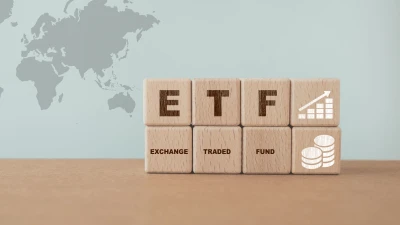Aussie dollar to surge to 80 US cents



With the Australian dollar rising sharply to 75 US cents off strong commodity prices, VanEck is anticipating the currency will hit 80 US cents within six months.
VanEck head of investments and capital markets, Russel Chesler, said Australia’s improving terms of trade could be good news for local companies and consumers battling rising costs for imports priced in foreign currencies.
“With the Australian share market also outperforming the US equity market, along with the yield on the 10-year Australian government bond surging to 2.70% this week, Australia could attract more offshore investment, adding more upward pressure on the local currency,” Chesler said.
Chesler said rising oil prices and wheat future prices were providing headwinds to the Australian dollar.
“This month alone, oil prices are up by close to 24% and wheat future prices have surged 18%. The movements are even more extreme in year-to-date terms, with both oil and wheat prices up around 58% and 42%, respectively.”
He said investors may wish to consider hedging some of their offshore equity and fixed income exposures in response to the rising dollar.
“Hedging can provide valuable protection against rises in the Australian dollar, which erode return from offshore investments once they are converted to local currency.”
Recommended for you
Nuveen has made its private real estate strategy available to Australian wholesale investors, democratising access to a typically institutional asset class.
VanEck is expanding its fixed income range with a new ETF this week to complement its existing subordinated debt strategy which has received $1 billion in inflows this year.
Specialist global equities manager Nanuk has celebrated 10 years of its flagship New World Fund and is actively considering its next possible vehicle.
Australian equities manager Datt Capital has built a retail-friendly version of its small-cap strategy for advisers, previously only available for wholesale investors.











